Abstract
In 39 randomly selected villages and towns in Tumkur District, South India, approximately 2000 persons, tuberculosis cases and matched controls, were interviewed in order to determine how many had symptoms suggestive of tuberculosis. Approximately 70% of the bacteriologically confirmed cases and over half the radiologically active or probably active cases had at least one major symptom. The authors discuss these findings in the light of the results of certain other studies they have carried out—for example, on present action-taking among tuberculosis sufferers. They conclude that under present circumstances in India, it is epidemiologically and economically justified to base tuberculosis control programmes on the persons who seek assistance because of worry over symptoms. Only when services satisfying the needs of the already worried tuberculosis sufferers are well developed, may mass case-finding be considered as an additional measure.
Full text
PDF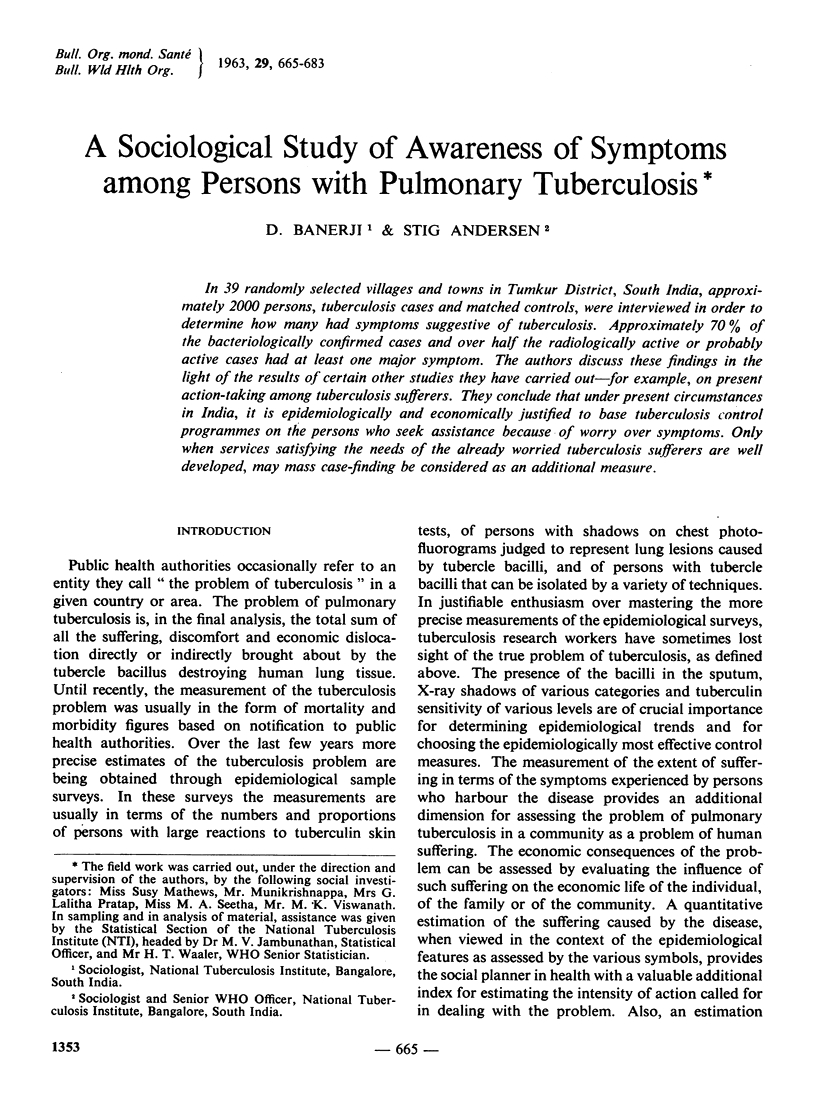
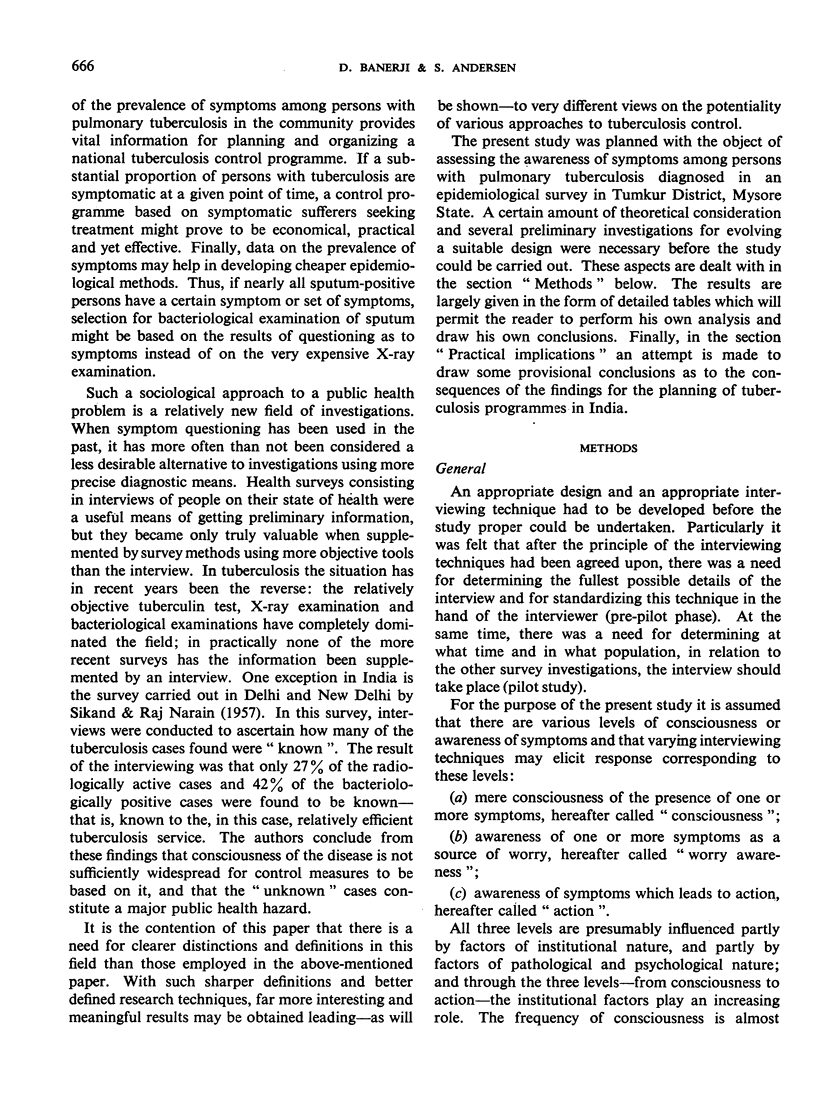
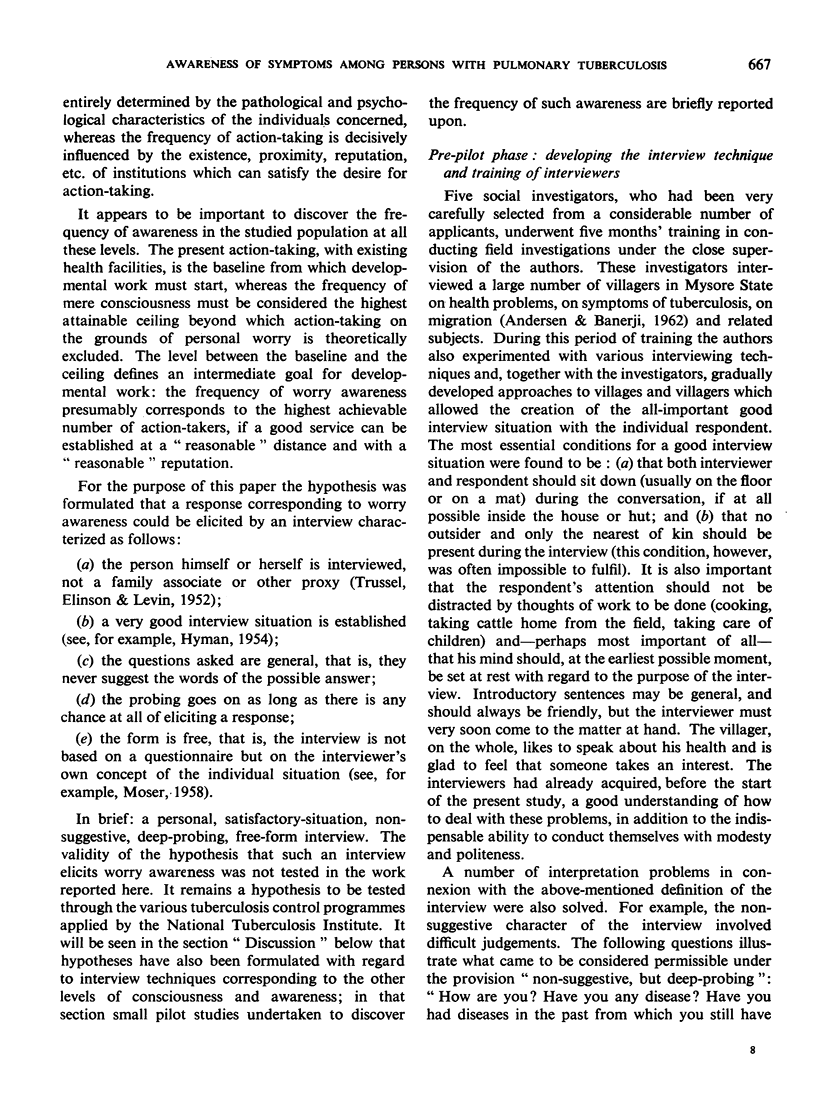
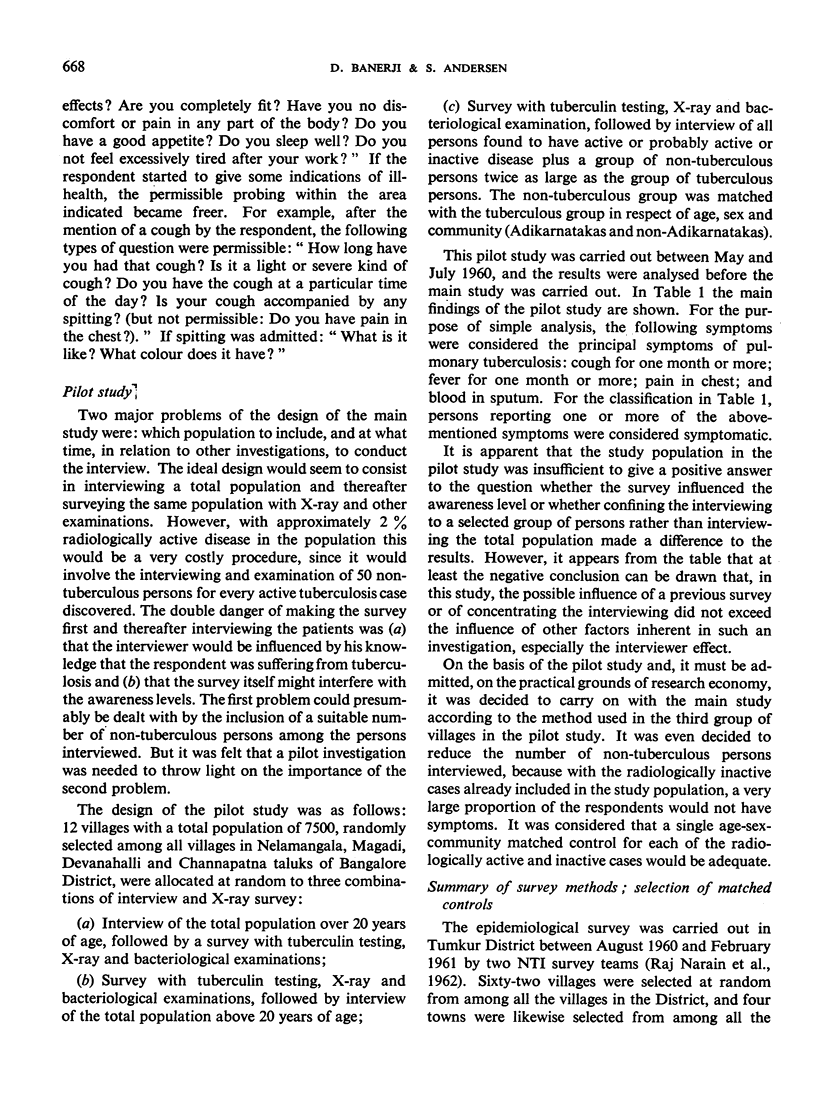
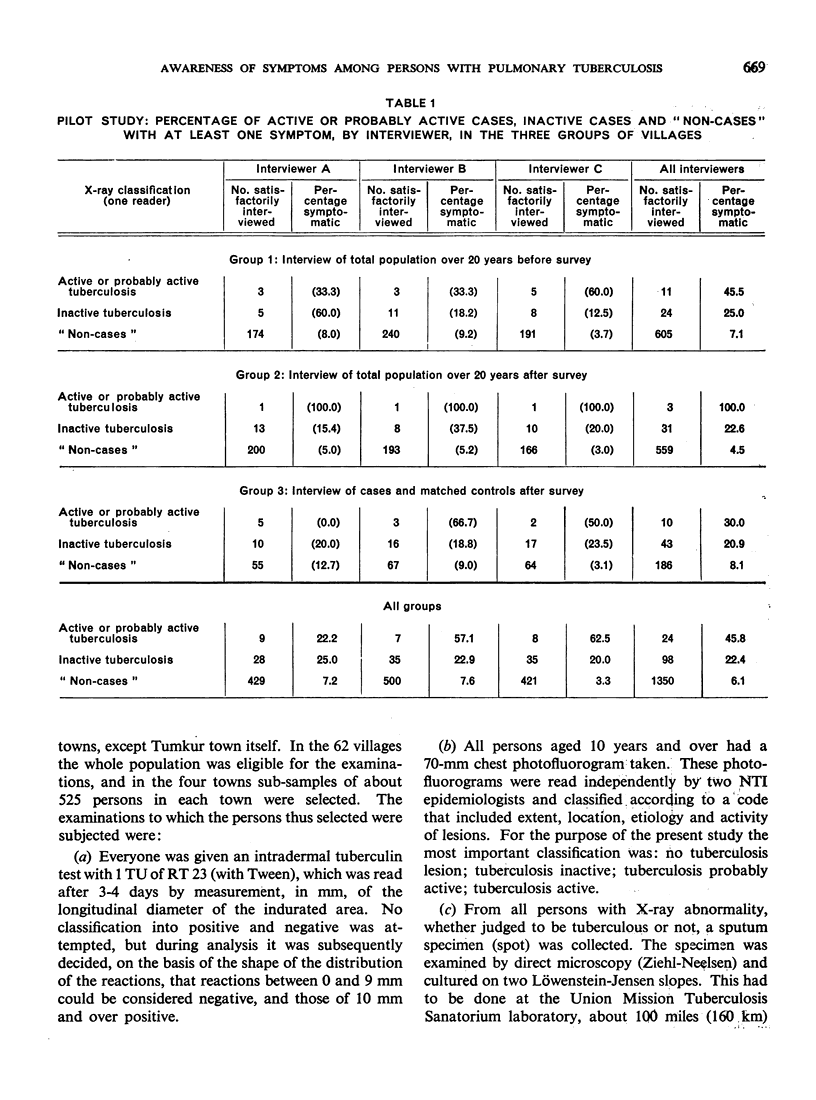
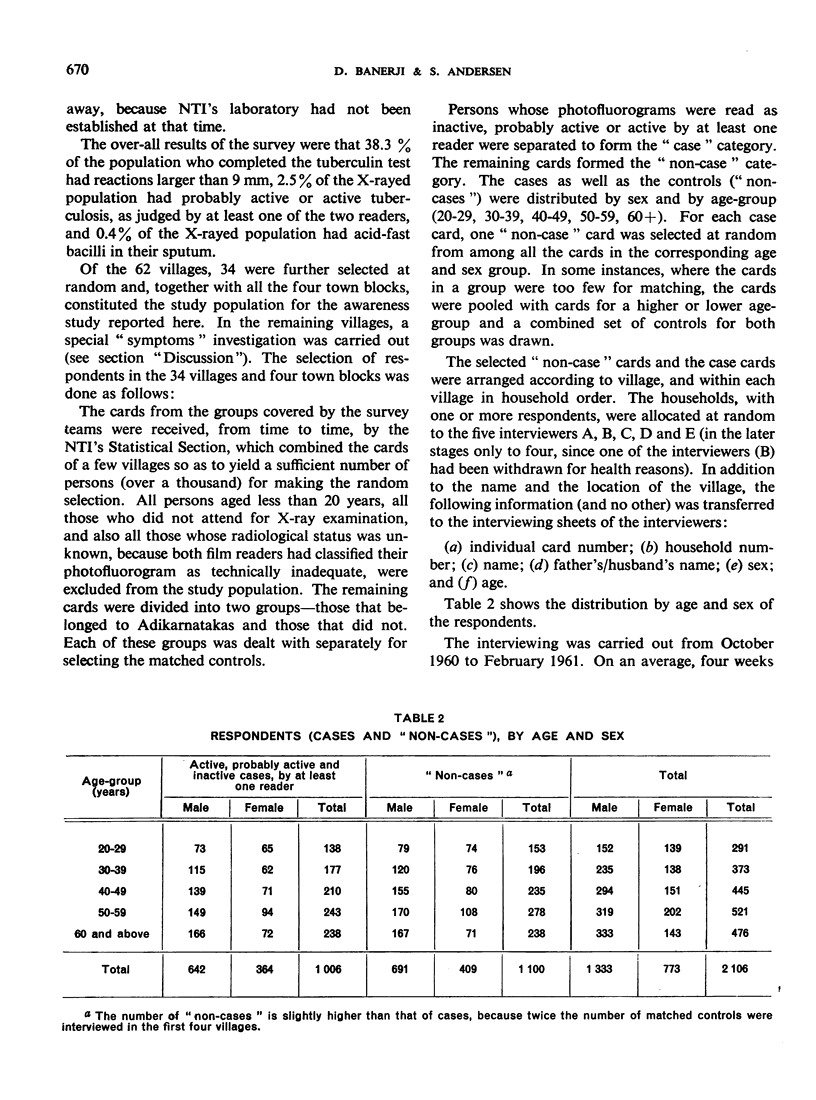
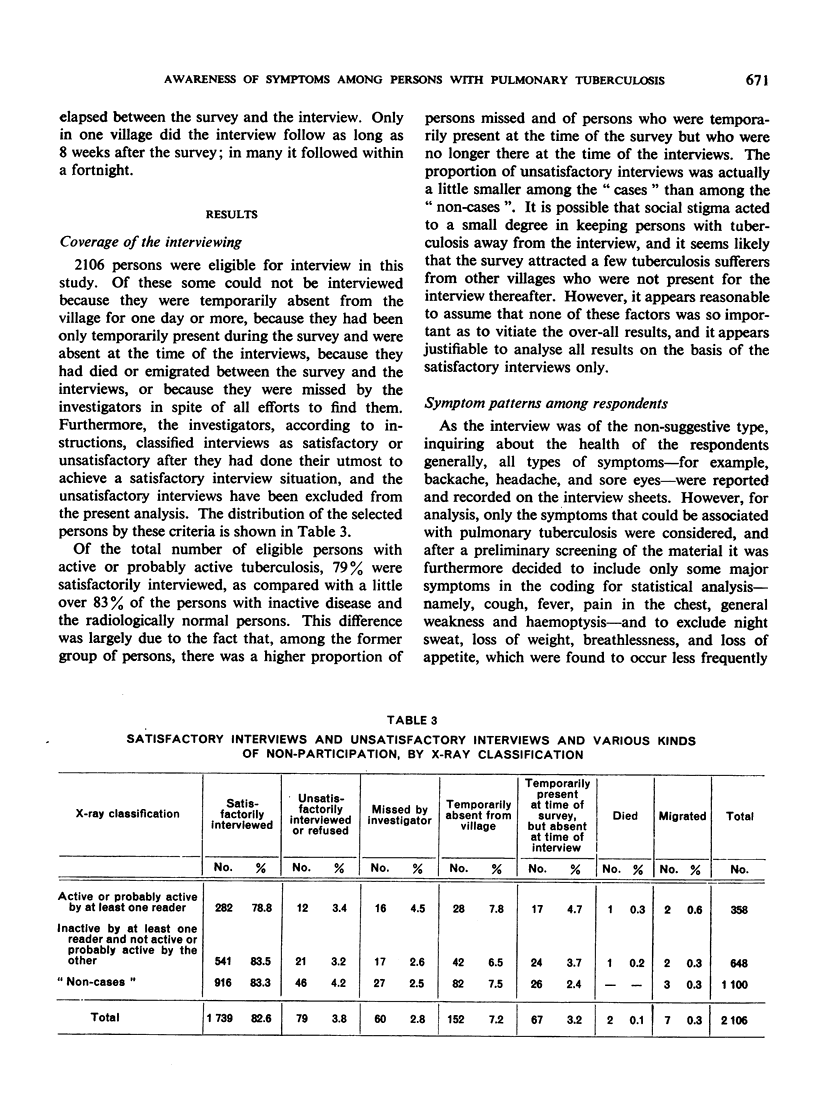
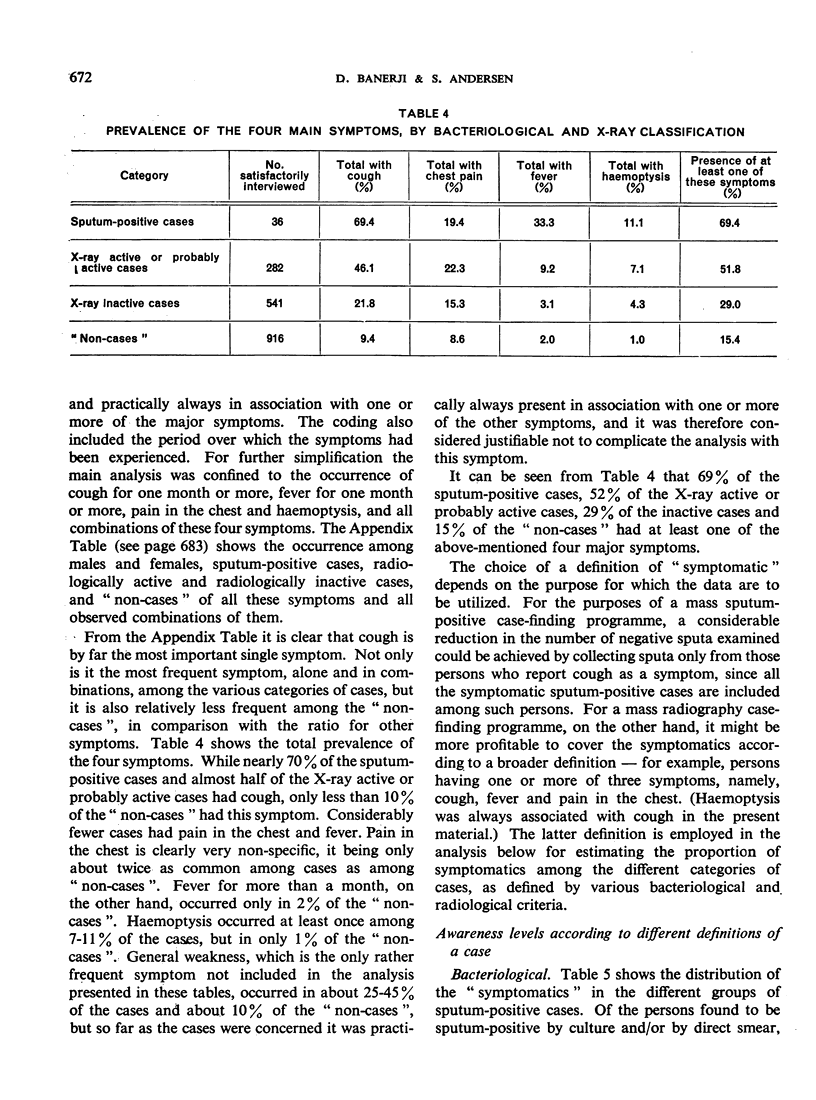
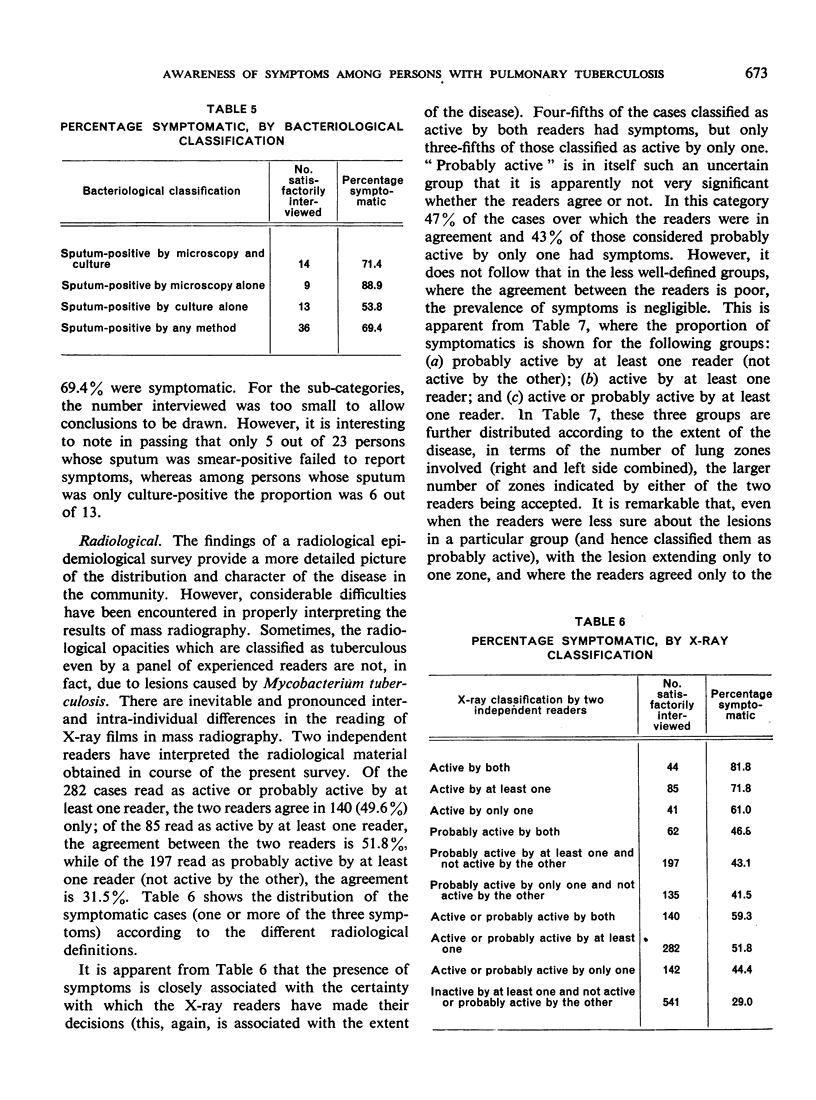
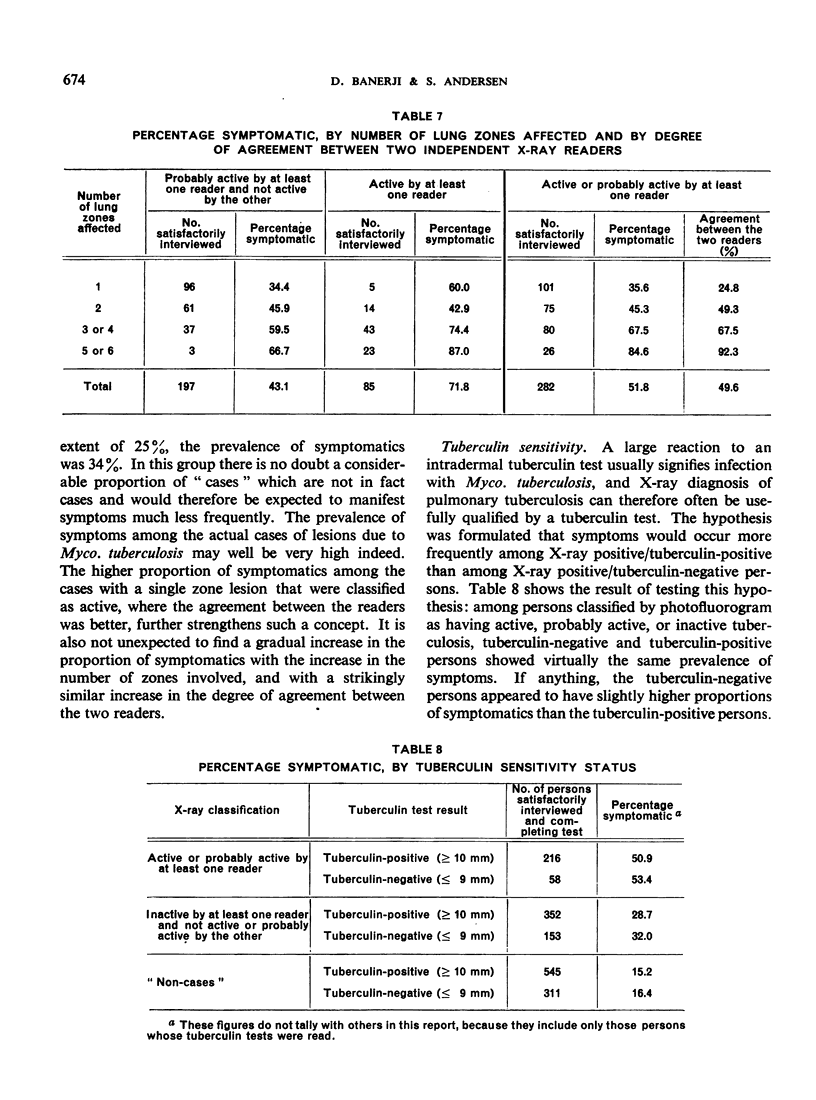
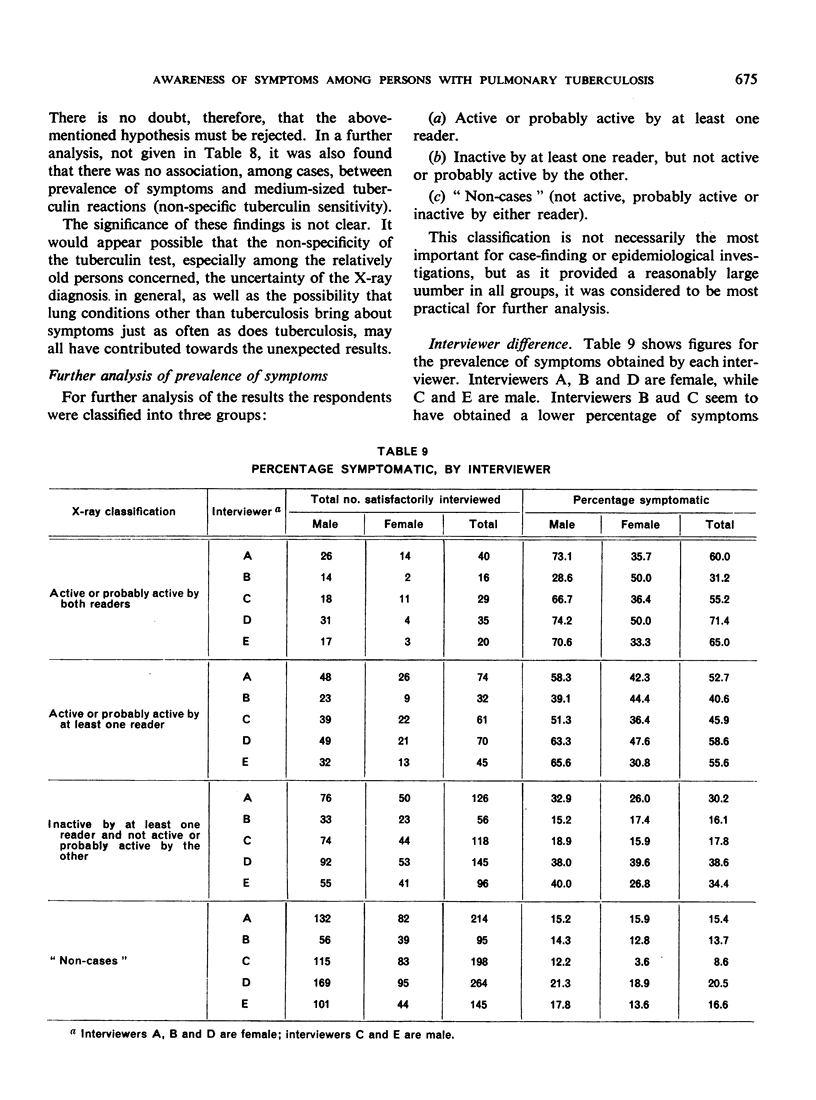
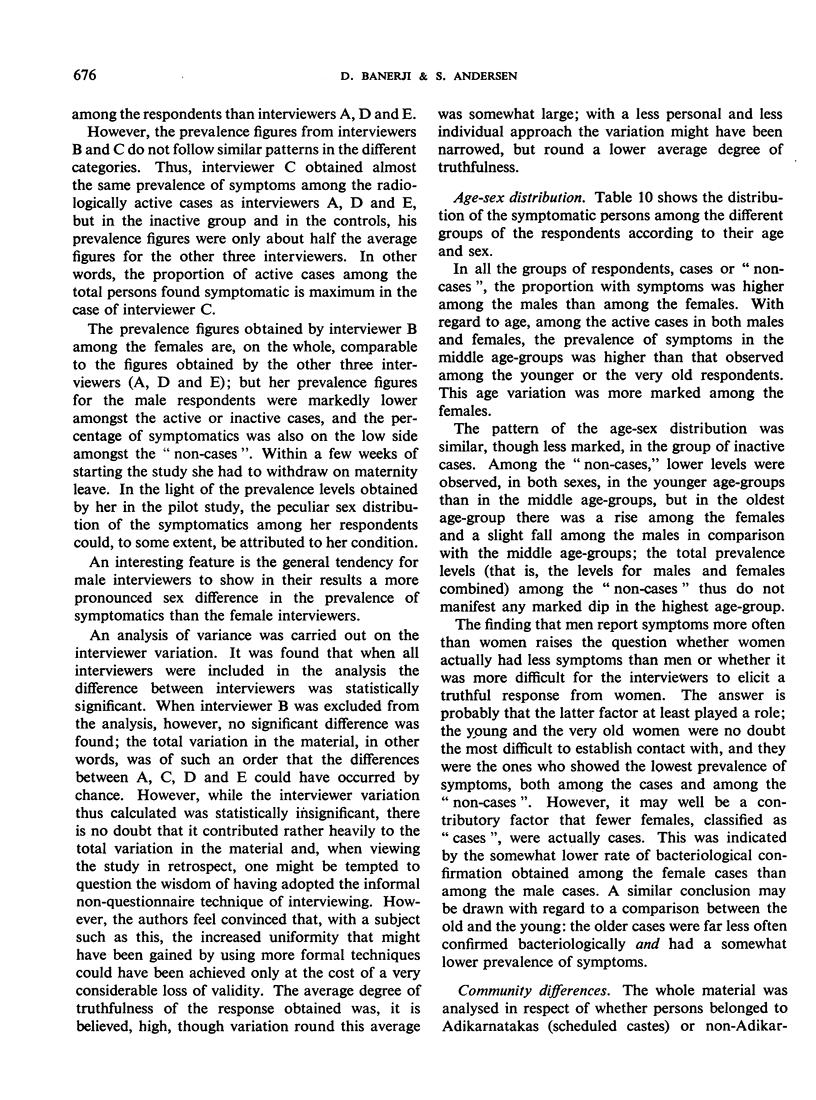
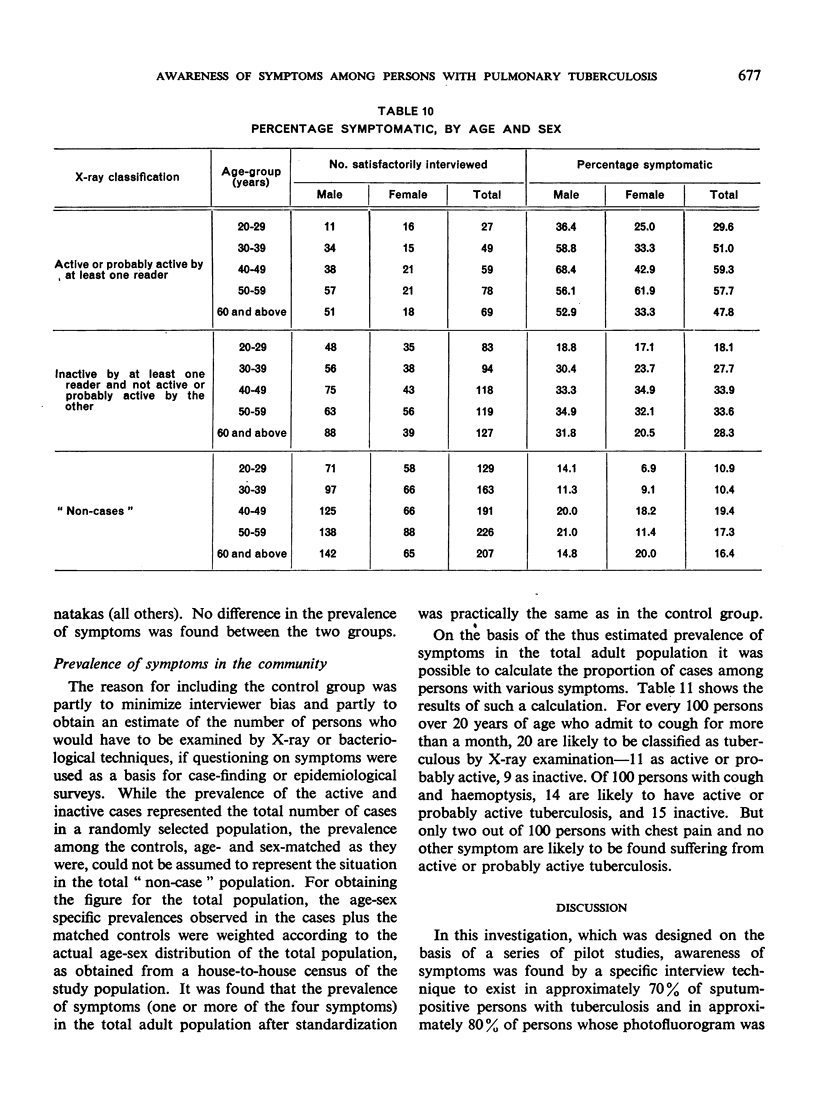
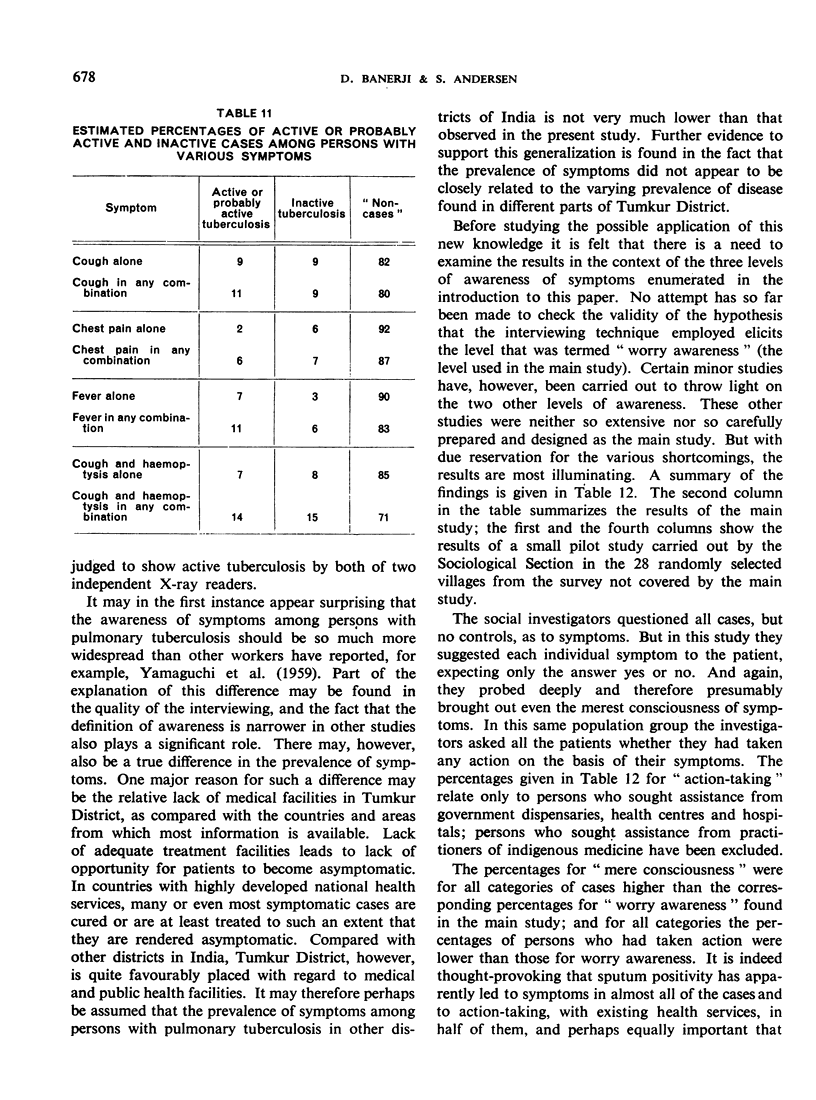
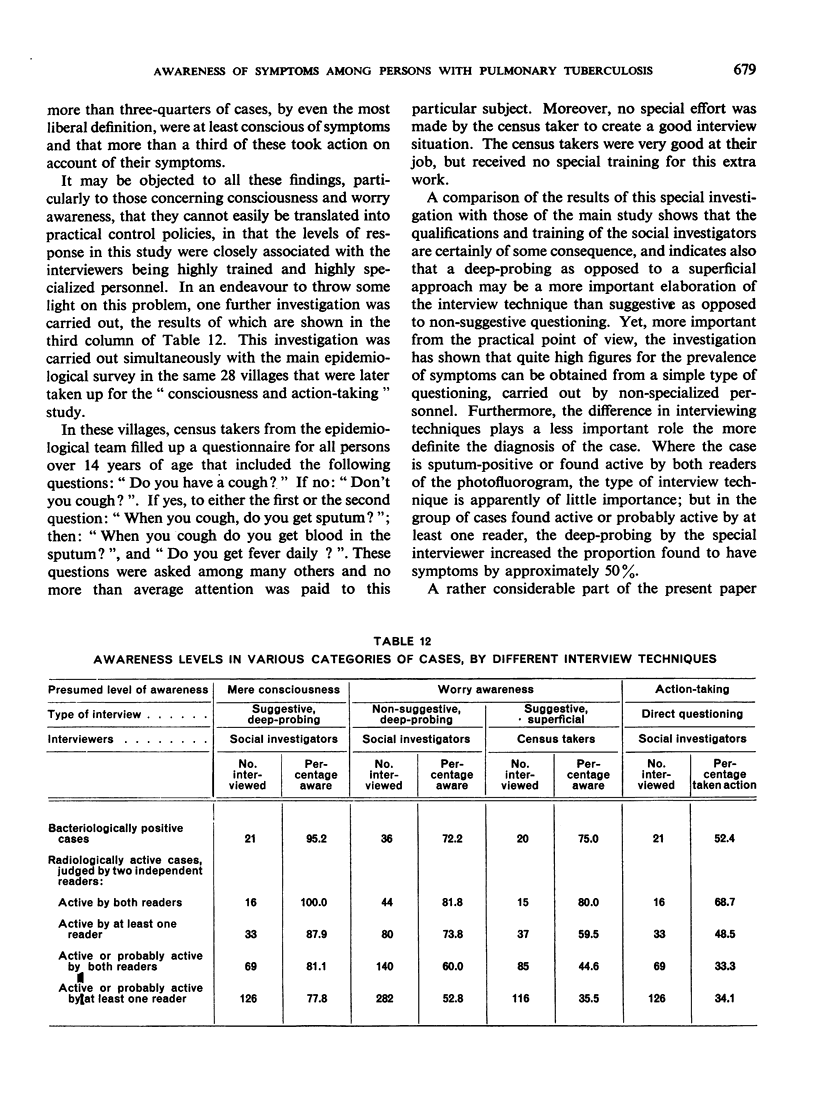
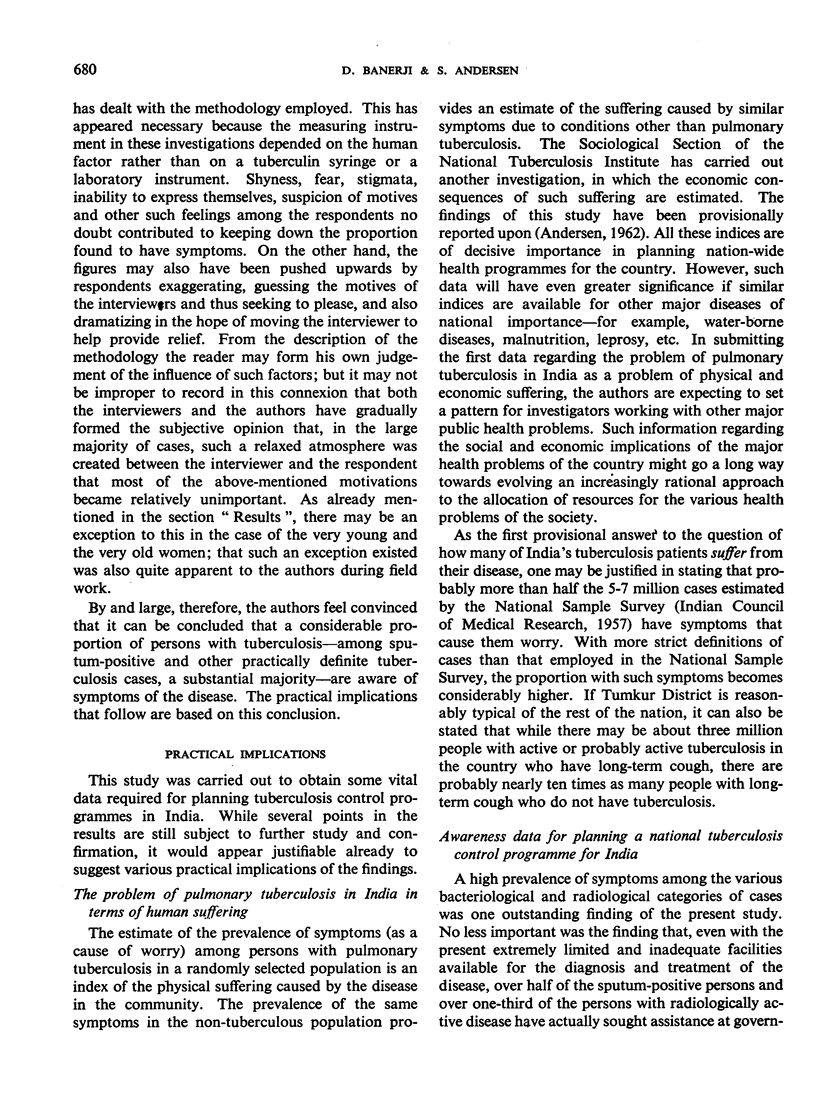
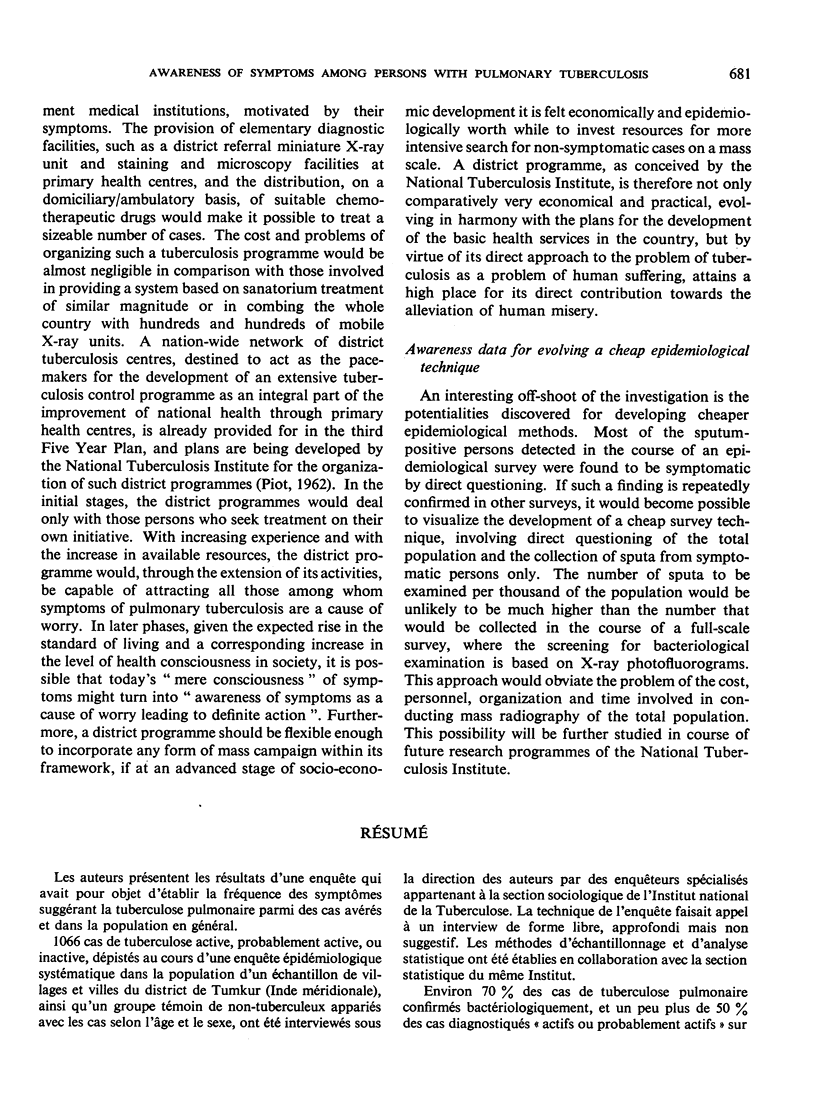
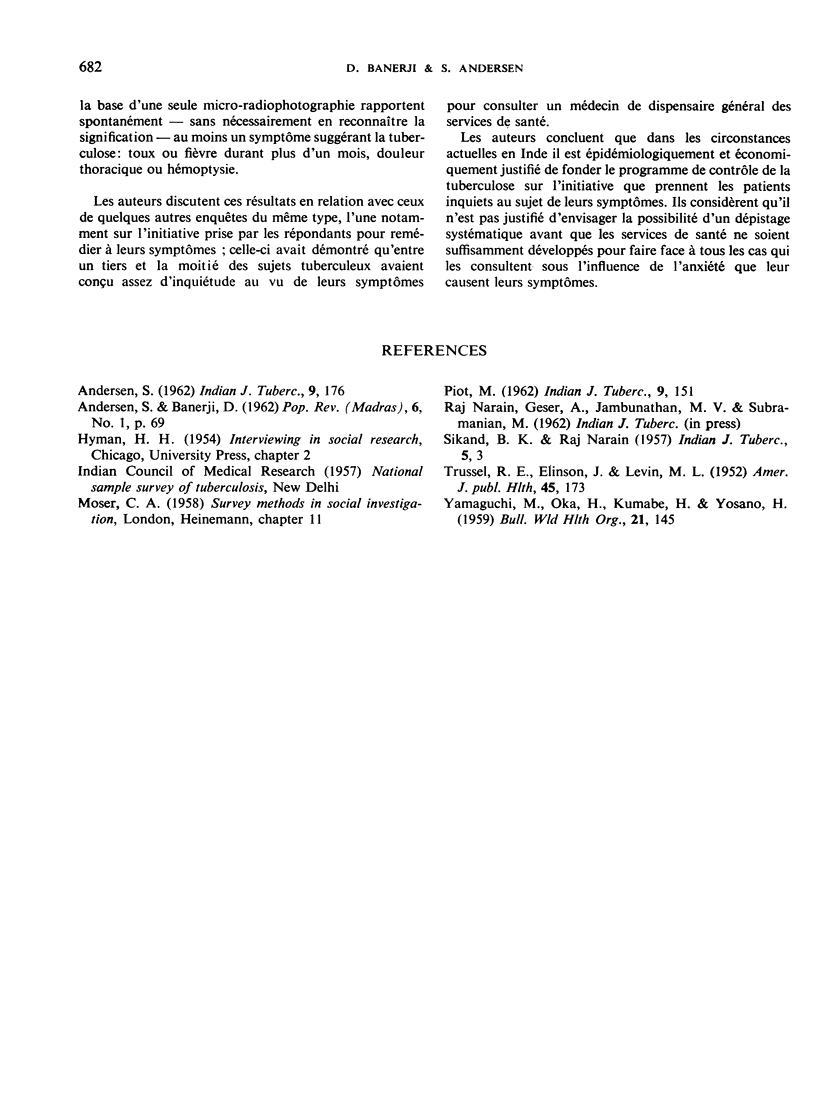
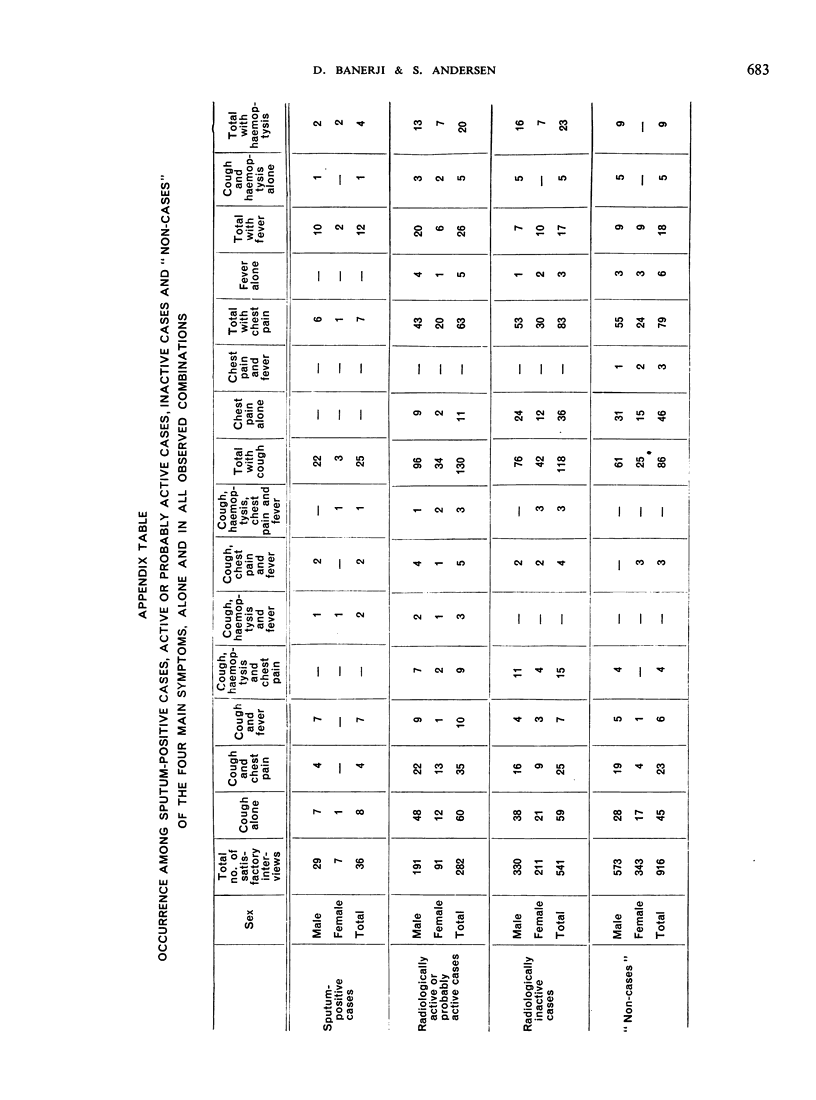
Selected References
These references are in PubMed. This may not be the complete list of references from this article.
- YAMAGUCHI M., OKA H., KUMABE H., YOSANO H. Survey of tuberculosis prevalence in Japan, 1954: trends in tuberculosis from 1953 to 1954. Bull World Health Organ. 1959;21:145–159. [PMC free article] [PubMed] [Google Scholar]


